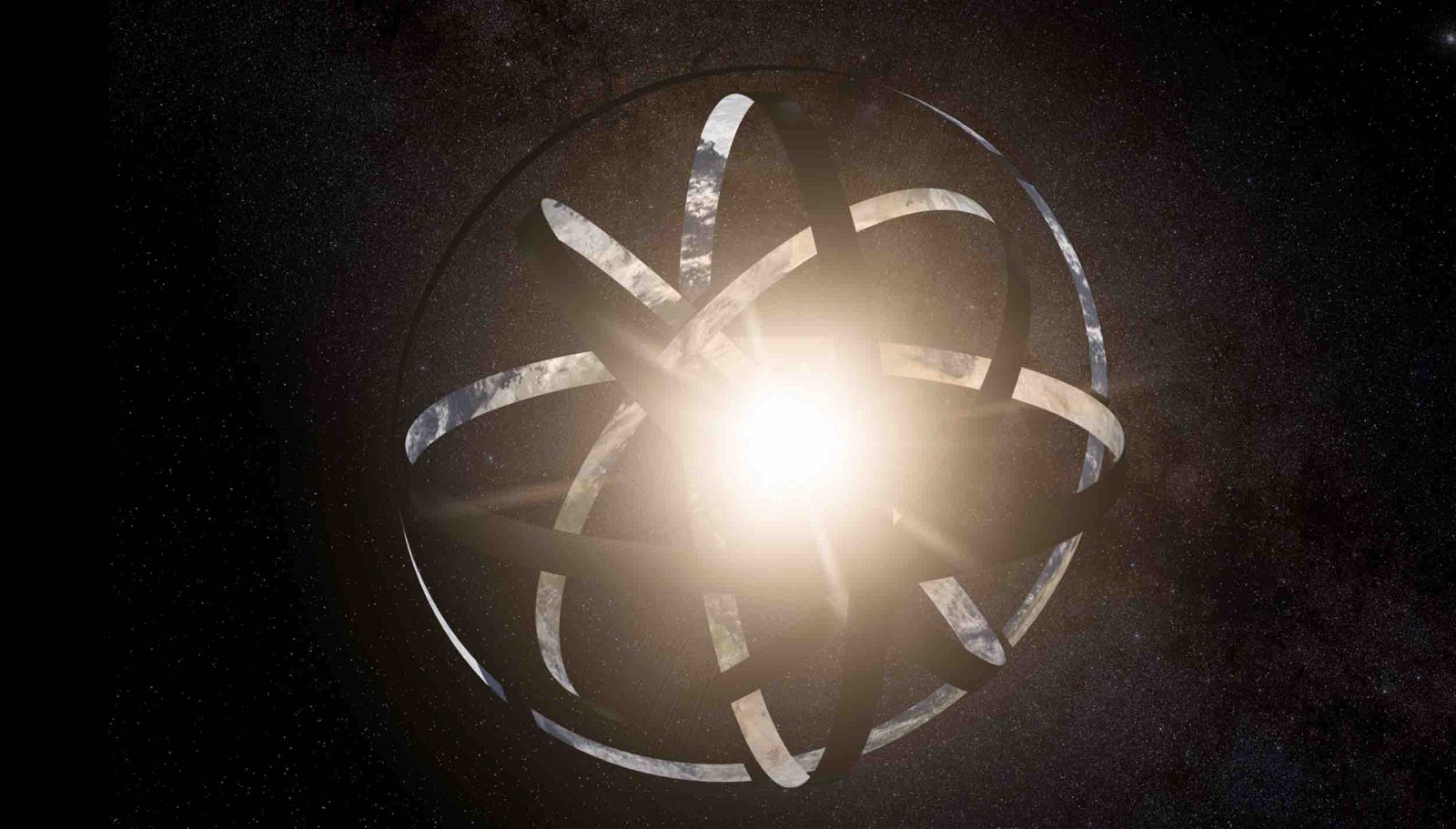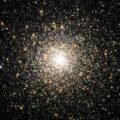Earlier this month, a new study led by Matias Suazo from Uppsala University in Sweden reported results from a new observational search for technological megastructures around stars.
In 1960, Freeman Dyson published a paper titled “Search for Artificial Stellar Sources of Infrared Radiation.” He reasoned that as the energy needs of humanity will steadily increase, our civilization might aspire to tap all the energy output of the Sun, and therefore reasoned that advanced technological civilizations might construct a shell of orbiting structures that would harvest the luminosity of their host stars. The so-called Dyson sphere would emit infrared radiation to balance the heat deposited on it by starlight. Optical emission from the star’s surface would be balanced by infrared emission from the much larger spherical shell.
The new study searched for anomalous infrared emission from five million sources observed by the Gaia, 2MASS, and WISE surveys. The authors identified seven anomalous candidates that deserve further analysis. All of them involve M-dwarfs, the most common type of star.
Dwarf stars are much fainter than the Sun, and hence, the habitable zone around them is much closer. Life as we know it needs to be closer to the fainter furnace in order for liquid water to flow on its surface. Given that M-dwarfs often flare in ultraviolet light and that their compact habitable zone is exposed to stronger atmospheric stripping by the stellar wind, it is unclear whether their habitable planets can retain an atmosphere and host liquid water. Moreover, close-in Dyson spheres would need to sustain huge temporal variations in material stress resulting from the stellar radiation and material wind.
However, an intriguing possiblity is that if Dyson spheres were built around common dwarf stars and they break after a while, we might find pieces of broken Dyson spheres in interstellar space.
In a recent paper, I suggested that the anomalous interstellar object, `Oumuamua, discovered in 2017, might have been a piece of a broken Dyson sphere because of its unusual flat shape and non-gravitational acceleration. If Dyson spheres exist around common stars, this might not be unreasonable.
Once a civilization abandons its Dyson sphere, the shell’s infrastructure will be punctured by micrometeorites and lose its functionality within millions of years. Let’s consider some numbers. Based on terrestrial data, impactors of centimeter size hit the Earth every 15 seconds. Given that the total surface area of a Dyson sphere near the Earth’s orbit around the Sun is of order a billion times larger than the area of the Earth, this suggests that centimeter-size objects will impact the sphere every 15 nanoseconds at speeds of tens of kilometers per second — ten times faster than rifle bullets, creating holes larger than their size through any reasonable layer of material. Over a year, there will be two quadrillion holes created by these centimeter-size impactors, separated from each other by about 10 kilometers. After a million years, the Dyson sphere will be perforated with centimeter-scale holes separated by 3 meters from each other. Over a billion years, the area of the holes and the remainder surface will be comparable, resembling a colander. Impacts by smaller particles would be more common. Particles smaller than 0.05 millimeters are expected to impact each centimeter squared for a Dyson sphere once per 30 years. Particles smaller than a few micrometers would impact a centimeter squared every week.
If Dyson spheres exist, they would most likely be tiled. Rigid shells are difficult to keep together because of destructive differential forces across their surface. To circumvent this engineering challenge, Robert Forward proposed a tiled structure with each unit functioning as a solar sail for which the star’s gravity is exactly balanced by its outward radiative push, thus maintaining a fixed position without orbiting the star. But even in that case, the tiles would be blown apart into interstellar space as the star flares or brightens up dramatically towards the end of its life.
If other civilizations constructed Dyson spheres, which disintegrated over time, their fragments could have given rise to the unusual shape and light sail characteristics of the interstellar object `Oumuamua.
Starting in 2025, we will be able to search for pieces of broken Dyson spheres with the Vera C. Rubin Observatory in Chile by employing its 3.2-billion-pixel camera to survey the southern sky every 4 days. In view of this new observatory, “the sky’s the limit,” as the popular saying goes.
Avi Loeb is the head of the Galileo Project, founding director of Harvard University’s – Black Hole Initiative, director of the Institute for Theory and Computation at the Harvard-Smithsonian Center for Astrophysics, and the former chair of the astronomy department at Harvard University (2011-2020). He is a former member of the President’s Council of Advisors on Science and Technology and a former chair of the Board on Physics and Astronomy of the National Academies. He is the bestselling author of “Extraterrestrial: The First Sign of Intelligent Life Beyond Earth” and a co-author of the textbook “Life in the Cosmos”, both published in 2021. His new book, titled “Interstellar”, was published in August 2023.

